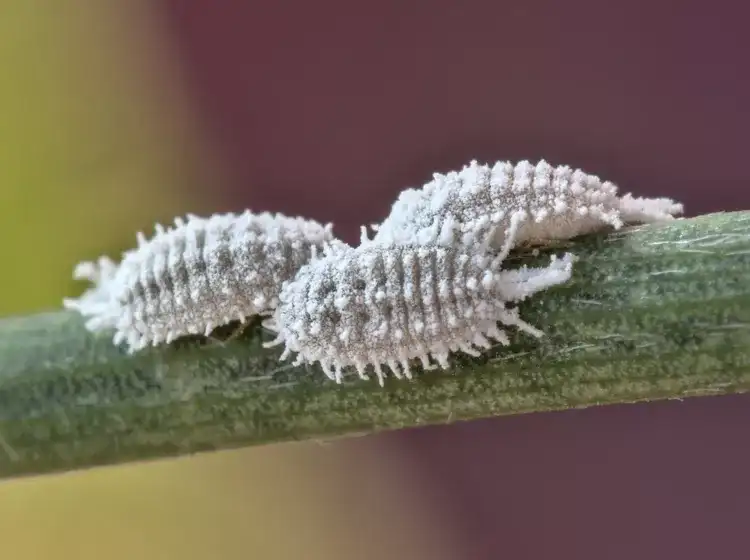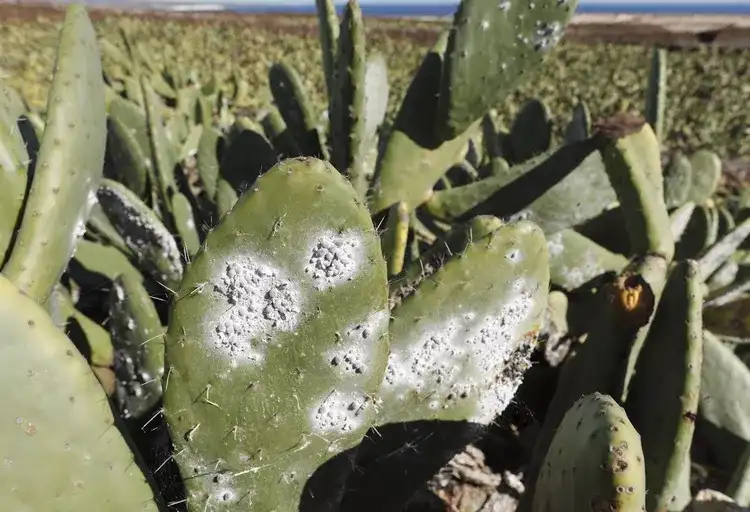
Carmine: The Bug-Based Red Behind Countless Products
The vibrant red shade in many popular foods and cosmetics may come from an unexpected source: carmine dye, derived from crushed female cochineal insects. Native to Central and South America, these small, oval bugs live on prickly pear cacti, feeding on the plant and producing carminic acid as a defense mechanism. Up to 20% of each insect’s weight is made up of this pigment, which is harvested, dried, and processed to create a powerful, stable red coloring.
Carmine has been used for centuries first by Indigenous peoples for fabric dyeing, later spreading to Europe and beyond. Today, Peru leads global production, but Mexico and the Canary Islands also have established industries.

From Cactus to Color: How Carmine Is Made
Harvesting carmine is both traditional and surprisingly hands-on. Most insects are collected from cacti, dried, and ground into a powder. The red pigment is then extracted, filtered, and often mixed with aluminum salts to create the familiar carmine dye. This ingredient finds its way into strawberry yogurt, juices, processed meats, pastries, and is a staple in the beauty industry especially in lipsticks, glosses, and eyeshadows.
Although considered “natural,” the scale of carmine production is staggering. An estimated 22 to 89 billion female cochineals are used each year, raising ethical questions for vegans and those observing dietary restrictions.

Spotting Carmine: Names to Watch For
Carmine doesn’t always appear as “carmine” on an ingredient label. Shoppers may find it listed as:
- E120;
- Natural red 4;
- Crimson lake or carmine lake;
- CI 75470;
- Cochineal extract or carminic acid;
- Natural colorings.
Because labeling is sometimes unclear, consumers seeking to avoid animal products should look for certifications from organizations such as The Vegan Society or Vegetarian Society rather than rely solely on product claims.

Controversy: Ethics, Allergies, and Brand Responses
Carmine’s origin makes it a flashpoint for debate. In 2012, Starbucks faced backlash from vegans and some religious groups when it was revealed the chain used carmine in strawberry drinks. The company soon switched to a tomato-based colorant. Campari, the classic Italian aperitif, also moved away from carmine, opting for artificial colors in 2006.
Yoplait and other brands have defended the additive, noting that it’s highly purified and FDA-approved. However, the agency now requires carmine to be disclosed on ingredient labels, following documented cases of severe allergic reactions, including anaphylaxis and asthma.
Supporters of carmine note that it’s a renewable, biodegradable alternative to synthetic dyes, which are often made from petroleum. Studies have linked artificial dyes to behavioral issues in children and other health risks, further complicating the debate.
Culture, History, and the Push for Transparency
Beyond its modern controversy, carmine has deep roots in the cultures of Latin America, where Indigenous peoples used it for centuries. Today, it provides vital income to farmers in producing countries. But as more consumers prioritize ingredient transparency, the pressure is on brands to clearly disclose carmine’s animal origin.
Consumers have a right to know what’s in their products whether for ethical, religious, or health reasons. Carmine may be natural, but its story is anything but simple.
What’s Next for Carmine?
As public awareness grows, some companies are moving toward plant-based or synthetic alternatives, while others stand by carmine’s long history and natural appeal. The key for shoppers is vigilance: check labels, seek certified vegan or vegetarian products if desired, and remember that the world of food and cosmetics is full of surprises sometimes, even a little bug magic.





